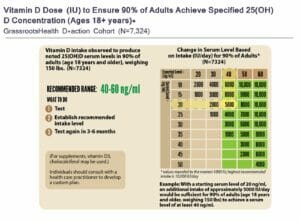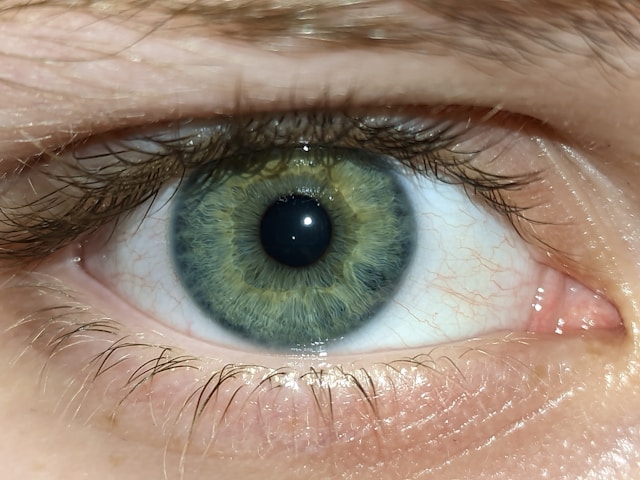 Vitamin D is unique among vitamins as it works more like a hormone.
Vitamin D is unique among vitamins as it works more like a hormone.
Vitamin D is necessary for
- normal bone mineralization and growth (Vitamin D increases absorption of calcium from the small intestine so the body receives maximum benefit)
- maintenance of muscle strength and coordination
- cardiovascular health
- balanced immune function
- estimated to regulate somewhere between 200-300 genes
Despite its importance, a significant portion of the population is deficient in Vitamin D.
Natural Sources of Vitamin D
Food
There is a very small amount of vitamin D in a few foods, which makes it almost impossible to get the levels you need from food alone. However, some foods that include vitamin D are fatty fish and egg yolks
Sun exposure
Every time we expose our bare skin to direct sunlight, we use ultraviolet B (UVB) rays to produce vitamin D3 (cholecalciferol). Sunlight can be a tricky thing, though, because too much can be a bad thing. You need to monitor how much sun exposure is needed for healthy vitamin D levels. The amount of vitamin D you actually absorb from sunlight differs depending on the time of day and year, where you live, and the color of your skin. The more skin you expose to the sun, the more vitamin D is produced. So those winter rays don’t necessarily produce the same amount of vitamin D that summer rays do.
There are two main factors that determine how much Vitamin D your body will produce when exposed to sunlight:
Time of Day and Year
During the fall and winter months, the sun is at an angle that causes the atmosphere to lessen the amount of UVB rays that pass through. The same process occurs during the early and later parts of each day.
You can test this simply by looking at the length of your shadow when standing outside. If your shadow is longer than you are tall, not as many UVB rays are reaching your body, so you’re not producing as much vitamin D. This means that the closer to midday you are, the more UVB rays your body is getting.
Where You Live
Take a look at a globe and find the equator. The further away you are from it means you are living in a location that makes it harder for your body to use sunlight to make vitamin D. Once again, this is because sunlight is hitting the atmosphere at more of an angle, blocking out more UVB rays, especially during the winter season.
TESTING FOR VITAMIN D LEVEL
Test your vitamin D [25(OH)D] levels every 3 months and make sure that your blood levels are within the safe and healthy range. Research has demonstrated many health benefits of higher vitamin D levels. What do scientists say is the target amount? 48 world-wide vitamin D researchers agree it is 40-60 ng/ml (100-150 nmol/L). Determine your level today. Generally, with a constant dose, it takes about 3 months of dosing in order to reach a plateau
CLICK HERE to download the table I am showing above showing the relationship between intake and resulting serum levels.





























